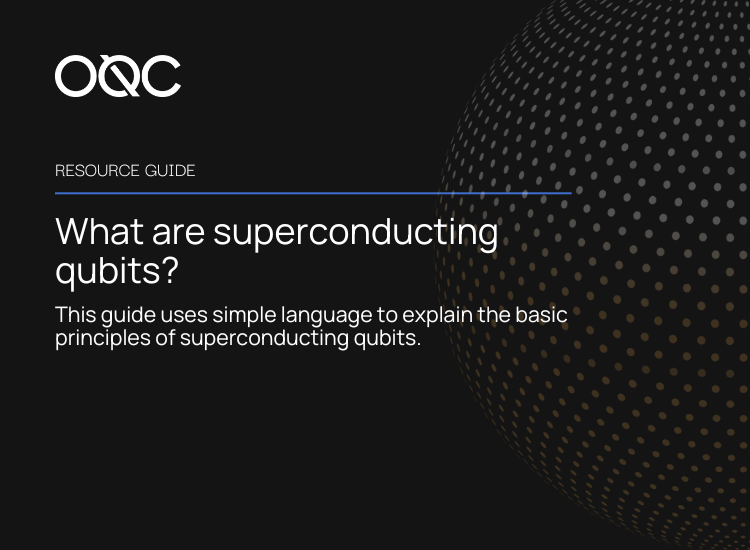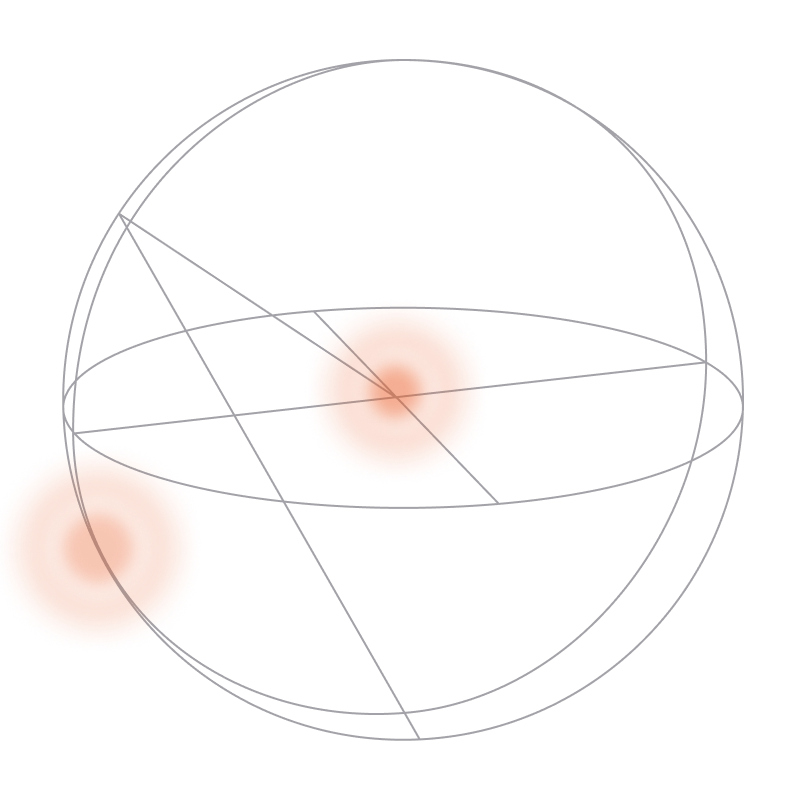
A BEGINNERS GUIDE
What are superconducting qubits?
Download our beginners guide to superconducting qubits

Quantum Processing Units (QPUs) are the central processing units in a quantum computer. Similar to how classical CPUs perform calculations using classical bits, QPUs perform calculations using quantum bits, or qubits.
This guide provides the basic principles of the highly versatile qubit modality, superconducting qubits! This guide covers what these qubits are, how they are designed and fabricated, their challenges and other essential topics in manufacturing the highly anticipated technology.
What’s inside the guide?
- Understand the basics: Learn about design, fabrication, and benefits of superconducting qubits in simple terms.
- Technological foundations: Discover how superconducting qubits compare to other modalities and why they are the most promising.
- Historical context: Understand how superconducting qubits have developed since the 1990s, including exciting progress from OQC.
Superconducting qubits explained
As their name suggests superconducting qubits are circuits made of superconducting materials, such as aluminium, that exhibit zero electrical resistance below a critical temperature. This places qubits in their ‘0’ state, required to start a calculation.
Superconducting qubits have evolved since the late 1990s to become one of the main qubit technologies used by companies like OQC due to their potential for scalability and integration with existing fabrication techniques.
OQC’s superconducting qubit: the coaxmon
The coaxmon began life as a concept incubated by OQC’s founder Peter Leek’s research group at the University of Oxford. Our qubit is unique: traditional approaches to superconducting qubits are susceptible to a particular scaling challenges.
This is why we developed the Coaxmon as it is simple and readily engineerable: it brings our circuits into the third dimension, allowing our qubits to reside within the cleanest, lowest-loss environment possible, preventing noise and other forms of interference. This yields excellent quality, while allowing fast, precise qubit control.
Key terms
Quantum Processing Units (QPUs):
The central part of a quantum computer where quantum computations are carried out.
Josephson Junctions (JJs):
JJs are made by sandwiching a thin layer of a non superconducting material between two layers of superconducting material. They are a fundamental component in superconducting qubits, essential for creating and controlling quantum states.
Dimon:
A multimode qubit, also described as an artificial atom or as being like two qubits in the space of one.
Join our newsletter for more articles like this
By clicking ‘sign up’ you’re confirming that you agree with our Terms & Conditions
TALK TO US
Need help?
For more information, or to talk to our team about the most appropriate quantum solution for your needs, get in touch with us today.
